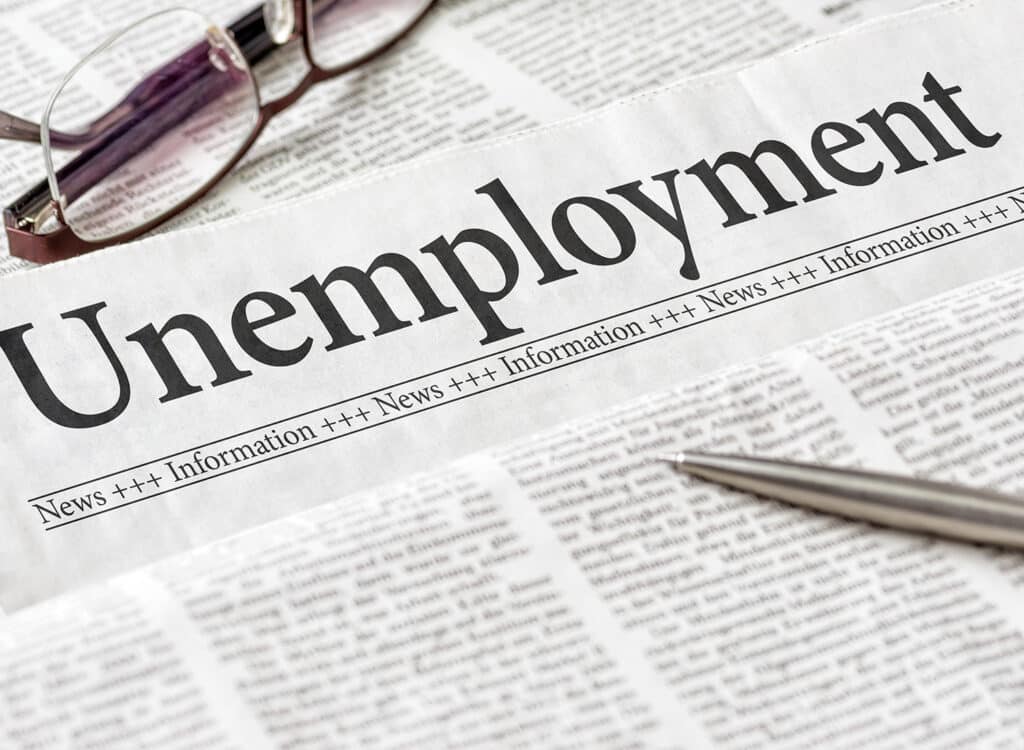Despite gains, Iowa’s rural economy remains at recessionary levels, report shows

Rural Iowa’s economy grew above neutral growth in August, but remained at recessionary levels for the sixth consecutive month, according to the Rural Mainstreet Index released Thursday by Creighton University.
Iowa’s Rural Mainstreet Index increased to 46.8, up from 43.1 in July. The state’s farmland index rose to 53.2 in August, up from 49.2 in July and 48.3 in June. In addition, Iowa’s new-hiring index in August increased to 51.7 in August, up from 43.4 in July, according to the RMI report.
The index measures the rural economy in a 10-state region including Iowa, based on surveys of community bank presidents and CEOs in about 200 agriculturally dependent communities with populations of 1,300 or fewer. It looks at current economic conditions and projected outlooks for six months down the road. The index ranges from 0 to 100, with 50 representing neutral growth.
Overall, the index for August increased slightly to 44.7 from July’s 44.1. It dipped to a record low of 12.1 in April.
Ernis Goss, the Jack A. MacAllister chair in regional economics at Creighton and co-founder of the survey, cited continued weaknesses in the farm economy for the lack of economic growth in the region.
“Farm commodity prices are down by 10.4% over the last 12 months. As a result, and despite the initiation of $32 billion in USDA farm support payments in 2020, only 8% of bankers reported their area economy had improved compared to July, while 18.4% said economic conditions had worsened,” Goss said in the report.
James Brown, CEO of Hardin County Savings Bank in Eldora, cited effects of worsening drought and last week’s storm that flattened corn and grain bins as contributing factors to the slow increases in the index in Iowa.
“There was tremendous storm damage in our southern trade territory including the towns of New Providence, and Union. We subtracted $100 per acre from our farm customers cash flows with the combined effects of the drought and storm,” Brown said in the report.
The report also showed that compared with August 2019, Iowa’s rural main street economy lost 8.5% of its employment, or about 58,000 jobs.
Highlights from the report:
- The overall index advanced to a weak level and remained below pre-COVID-19 levels.
- Approximately 45.8% of bank CEOs with ethanol plants in their area reported temporary shutdowns. The remaining 54.2% reported ethanol production expanding at a slow pace.
- More than 3 of 4 bankers reported negative COVID-19 economic impacts on their local economy.
- Approximately 1 of 6 bank CEOs expects farm loan defaults to climb by an average of 15% over the next 12 months.
- On average, bankers estimated that farm loan defaults would rise by 5.3% over the next 12 months. This is up slightly from 5% recorded last month, and 4.8% registered one year ago.









